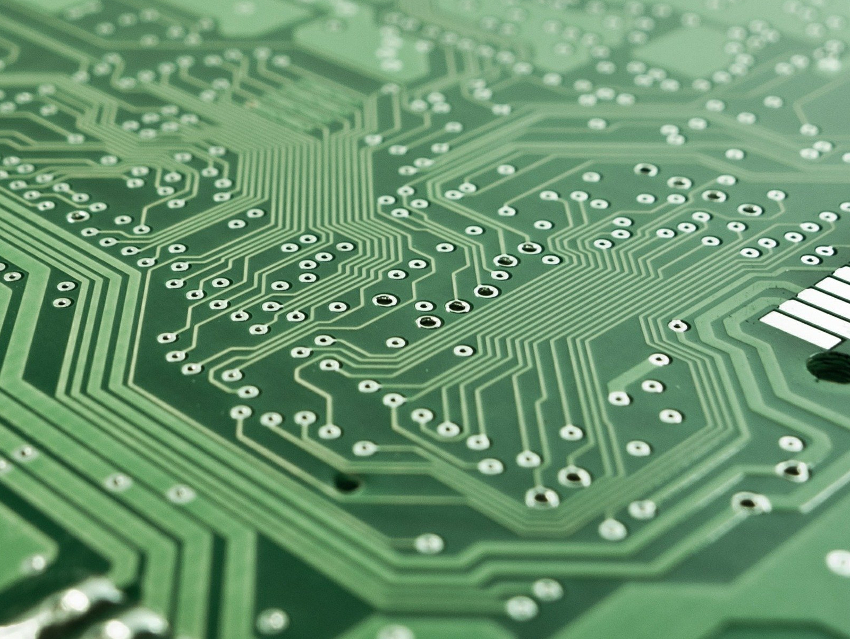Circular Economy
Reduce, reuse, recycle—a mantra for the modern age that could preserve precious resources, lower energy costs, and reduce carbon emissions and their effect on climate change. However, recycling is often not straightforward, especially given the complexity of some of the products we manufacture and the myriad components and materials used in their fabrication.
Electronics are perhaps one of the most problematic types of devices to recycle. Resistors, capacitors, diodes, and integrated circuits, for example, contain various metallic and other elements that could be used again in the fabrication of other components given an economically viable recycling technology. This could reduce the worldwide demand for scarce resources and the need to process virgin ores to access the metals.
Using Bioleaching to Dismantle Electronics
Benjamin Monneron-Enaud, Oliver Wiche, and Michael Schlömann, TU Bergakademie Freiberg, Germany, have investigated the concept of biodismantling, which could allow the retrieval of tantalum, palladium, gold, and rare earth elements from a range of components and devices. They suggest that bioleaching technology can be used to lower the costs and the environmental impact of recycling printed circuit boards (PCBs).
The researchers explain, “Electronic waste (e-waste) recycling is currently one of the biggest concerns regarding waste management. In 2017, Europe recycled 3.8 million tons of waste electrical and electronic equipment (WEEE), but, in the same year, 10.5 million tons of new electric equipment were put on the market. In other words, Europe had a recycling balance of only 36 % of WEEE in the objective of having a circular economy.” There is, thus, a rather critical need to find ways to remedy this situation and to improve recycling levels significantly. Many metals and other elements used in electronics are rare. They are also often geopolitically sensitive materials present in relatively inaccessible places or regions of the world.
Iron-Oxidizing Bacteria
To address these problems, new approaches to retrieving valuable elements from waste components and devices are urgently needed. The team used an iron-oxidizing mixed culture largely dominated by the microbe Acidithiobacillus ferrooxidans to dissolve the solder attaching the components to the board. This culture was supplemented with an iron(II) sulfate solution and used to treat waste PCBs at pH 1.8 and 30 °C for almost three weeks. The team also used abiotic controls with either an Fe(II) or an Fe(III) salt, which were held in similar conditions but in the absence of the microbial culture.
After 20 days, the team observed successful dismantling of the components from the boards for both the bioleaching and the iron(III) control batches. The control with iron(II) did not show a significant effect. They found that bioleaching conditions took longer to dismantle the components, which could be partially due to the constantly higher redox potential of the system leading to competition between the leaching of solder on the one hand and copper from printed copper wires on the other. The team was able to extract a usefully high level of the rare metallic element dysprosium at a concentration of 9 mg/g in one of their separated fractions.
“The results showed that biodismantling (dismantling using bioleaching) is possible and can be a new unit operation of the recycling process to maximize the recovery of valuable metals from PCBs,” the team writes. They add that the next steps will involve demonstrating the suitability of the method in a more realistic, technical setting by designing an adapted reactor. They will also look for ways to increase the solid load and the reaction rates and to sidestep the costly pretreatment step that must be carried out to remove protective coatings from components.
- Biodismantling, a Novel Application of Bioleaching in Recycling of Electronic Wastes,
Benjamin Monneron-Enaud, Oliver Wiche, Michael Schlömann,
Recycling 2020, 5, 22.
https://doi.org/10.3390/recycling5030022




